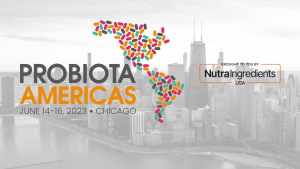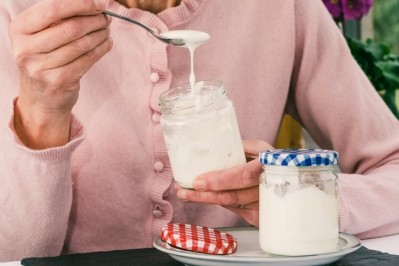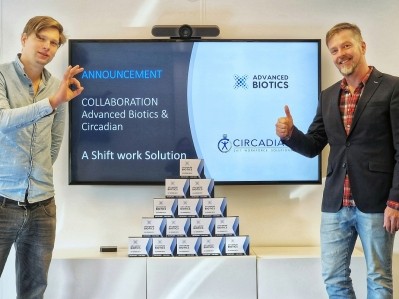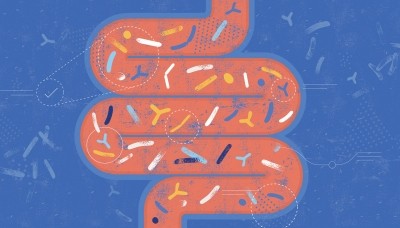Postbiotic may protect against leaky gut: Study

A mixture of postbiotic metabolites obtained by fermentation of FOS by L. paracasei CNCM I-5220 was shown to protect against leaky gut, even when the gut was exposed to pathogenic Salmonella typhimurium.
Data published in Frontiers in Microbiology indicated that the postbiotic worked by interacting with both host cells and also directly with the pathogen to prevents the formation of a biofilm.
“The alteration of IEB [intestinal epithelial barrier] integrity, also referred to as the “leaky gut,” occurs in several pathologies, including the metabolic syndrome, non-alcoholic steatohepatitis, and even cancer and neurodegenerative disorders, suggesting that LP-PBF postbiotic could be applied to help in prevention and management of different pathologies which display an impaired IEB functionality,” wrote the study authors, led by scientists from Milan-based Postbiotica.
Postbiotics
While probiotics and prebiotics have been defined for decades, postbiotics are a recently recognized addition to the field of microbiome modulation. Th International Scientific Association for Probiotics and Prebiotics (ISAPP) defined postbiotics as a “preparation of inanimate microorganisms and/or their components that confers a health benefit on the host” (Nat Rev Gastroenterol Hepatol. 2021, 18, 649–667)
The new study focused on a postbiotic derived from the probiotic L. paracasei CNCM I-5220 . The Italy-based scientists report that their postbiotic is composed of a non-organic fraction and an organic fraction, and these worked synergistically to protect the intestinal epithelial barrier (IEB).
These protective effects were demonstrated in in vitro (Caco-2 cells) and in vivo (lab mice). Both systems were exposed to S. typhimurium. In vitro study showed that the pathogenic bacteria altered the morphology of tight junctions (TJs – the join between two cells in the epithelium). However, the postbiotic was found to restore these tight junctions.
In mice, the postbiotic was found to protect the gut vascular barrier and block S. typhimurium getting into the bloodstream.
Synergy
“The non-organic fraction exerted anti-biofilm properties on S. typhimurium biofilm formation, while the organic fraction maintained the integrity of epithelial monolayer in vitro,” wrote the scientists. “… both fractions were efficient in protecting the morphology of TJ structures.
“Therefore, these results confirm that part of the reported inhibitory effect of L. paracasei on biofilm formation is exerted trough different microbial metabolites or molecules present in the postbiotic mix.”
“This study highlights that [L. paracasei-derived postbiotic] is beneficial in maintaining gut homeostasis due to the synergistic effect of its different components. These results suggest that [L. paracasei-derived postbiotic] could be utilized in managing several pathologies displaying an impaired intestinal barrier function.”
Probiota Americas
The topic of postbiotics will be further explored at the upcoming Probiota Americas event in Chicago, June 14-16. Other sessions at the event include: The view from the CEO’s office & the state of the market; Tech advances to drive next gen solutions: A.I., CRISPR, -omics, & GM; Microbiome modulation to support women’s health; The opportunity for pets; Aging – what can learn from Centenarians?; LBPs in the USA; and the regulatory landscape in North America.
For more information and to register, please click HERE.
Source: Frontiers in Microbiology
202, 14:1157164. doi: 10.3389/fmicb.2023.1157164
“Lactobacillus paracasei CNCM I-5220-derived postbiotic protects from the leaky-gut”
Authors: F. Algieri et al.

















